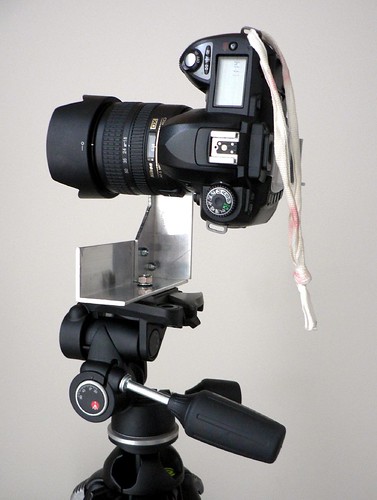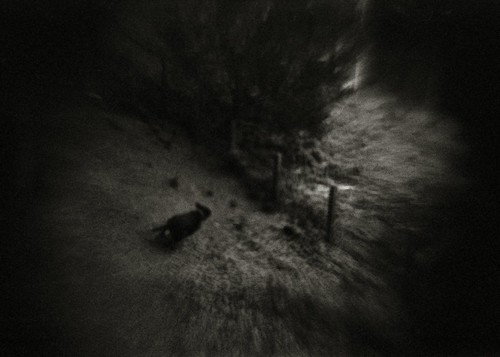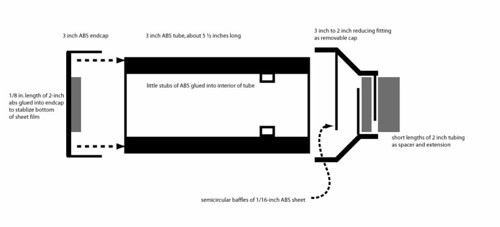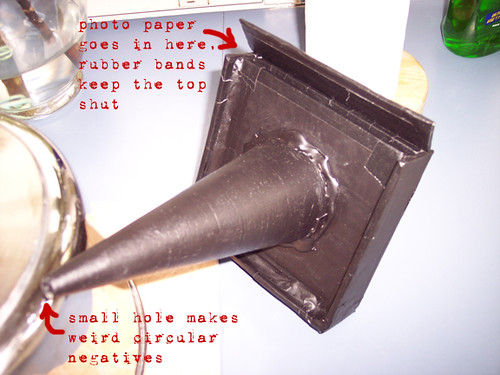Home made Panoramic Jig. Using 1/8 Alum. Just finished it this morning. It weighs 12.3 Oz with the Manfrotto CR2 plate attached. Cost about 35$ for all the parts (I went with stainess where I could) and I have enough Alum. left over to make a second one. Now to go try it out!
Via MAKE Blog



